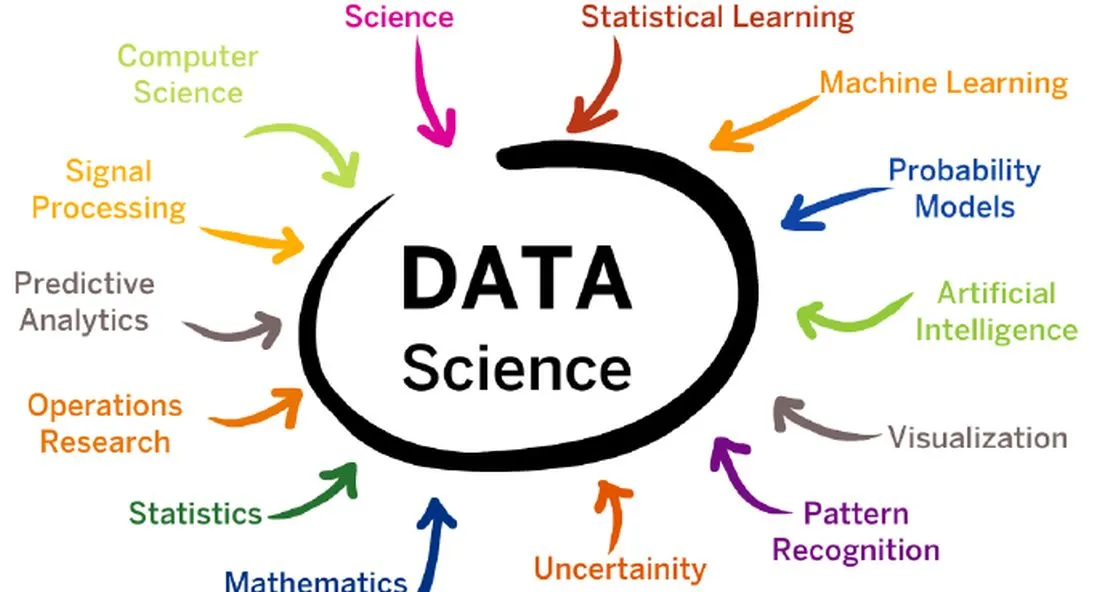As a data engineer, my work revolves around managing data assets ranging from ETL scripts, databases, data warehouses, data access controls, queries, dashboards and data objects. As we have more data and as data grows larger, managing data becomes quite a challenge. In this article, I would like to share some of the things that I have learnt while managing terabytes of data in a fintech company.
This is a three-part series article. Part 1 focuses on understanding data users. Part 2 shares more on Understanding Data Changes .
How Users View Data?
Before we even begin to manage data, let’s first try to understand our users. In a fintech company, most of our users are internal users with different roles ranging from product managers, software engineers, data scientists, analysts, executives to customer support team. These users interact with data in all kinds of way everyday.
On one hand, the business/operational users consume data in the form of reporting dashboards and charts. This is how they get informed of the latest business metrics to make day to day business decisions.
On the other hand, the data analysts/data scientists are more technical. They work with data using SQL queries, Jupyter notebooks and Python libraries. Sometimes, they are also the creators of the downstream data assets that are consumed by other users.
The software engineers are the builders of the product. The application generates data which is stored in a database, and also consumed by other users or other services. This data usually serve as the raw data for analytics and other downstream data.
Last but not least, the product managers also consume data via emails/ slack notifications and alerts informing them of the latest status of the product.
#data #engineering #data-management #data-science #data-engineering
